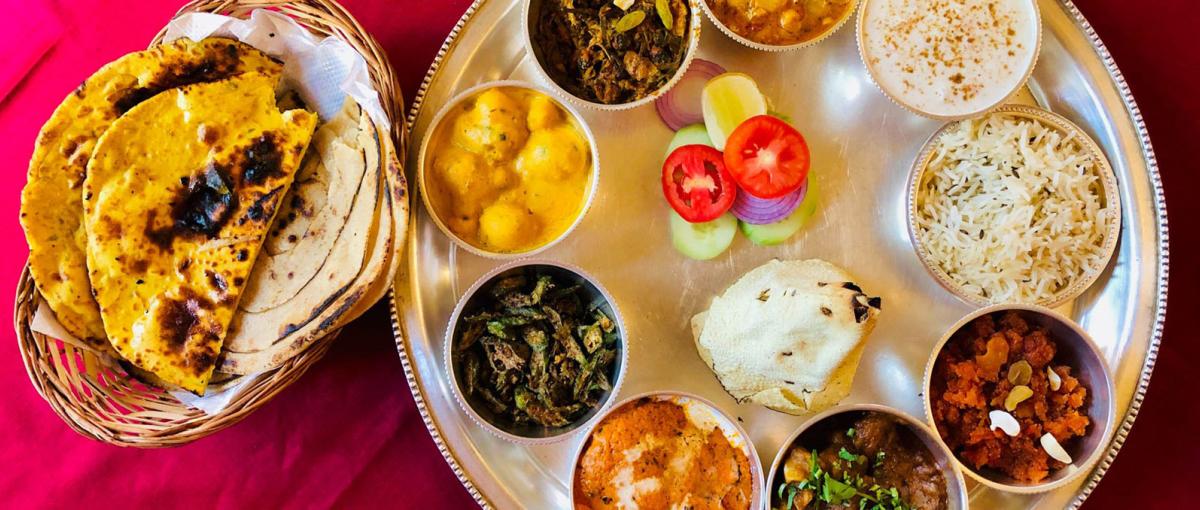Finding your own healthy
We need to design a food plan that embraces who we are

March 11, 2021
By Lisa Brunelle, Communications advisor, Covenant Health
Contrary to what you might think, there isn’t one healthy way to eat.
“We need to look at the unique needs of the individual,” says Heather Bester, registered dietitian/nutritionist at Banff Mineral Springs Hospital. “Since the Canada Food guide isn’t as prescriptive as previous versions, a lot of different cultural food habits fit within its recommendations.”
There are many elements to consider when creating a healthy eating plan, says Heather.
“What people eat, and what they like, is affected by a variety of factors: culture, how they were raised, family traditions, food preferences, religious beliefs, health conditions, dietary needs and even DNA and taste buds,” says Heather.
You can increase your enjoyment of food by considering your preferences and traditions. Think about your current habits and how you could adjust them — such as adding foods — to make your choices healthier overall. A dietitian can help if you’re not sure where to start.
“Many Canadians are deficient in vegetables and fruit in their diet, so I ask people what vegetables and fruit they like and if they’d be willing to add some to each meal,” says Heather. “I encourage people to try to have a protein and a vegetable or fruit with each meal.”
Heather says keeping it simple makes it easier to adopt a lifestyle of healthy eating. Tweaks can be as simple as customizing a soup recipe. Or you can take a store-bought soup and add ingredients you have on hand and you enjoy to increase nutrition.
While many of us may be tempted to reach for junk food when we feel stressed, eating nutritious food can actually help us cope better with stress, says Heather.
Even our personal situation, such as whether we live alone, can affect the types of food we eat. “Our cooking skills and income also impact what we eat and how we prepare it.”
And Heather says it’s important for people to have a choice in what they eat, no matter where they live.
“It’s harder to offer choices for everyone in care, but at Banff Mineral Springs Hospital and St. Martha’s Place, we have Red Seal Chefs who are able to accommodate food preference as much as possible while preparing a large number of meals,” says Heather.
For St. Martha’s Place, a continuing care unit, the chefs prepare a special cart at mealtime that features two meal choices. A dietary aide takes two plates with the meals around to residents so they can choose what they would like to eat. It can be either option, portions of one of the options or a combination of both options.
“Letting residents choose what they want to eat is empowering,” says Heather. “It’s a basic human need to have choice in your life.”
St. Martha’s Place is home to people from a variety of backgrounds, so the chefs incorporate cultural food preferences.
“For example, we have a Vietnamese woman, and our chefs prepare congee, which is pureed rice, for her,” says Heather.